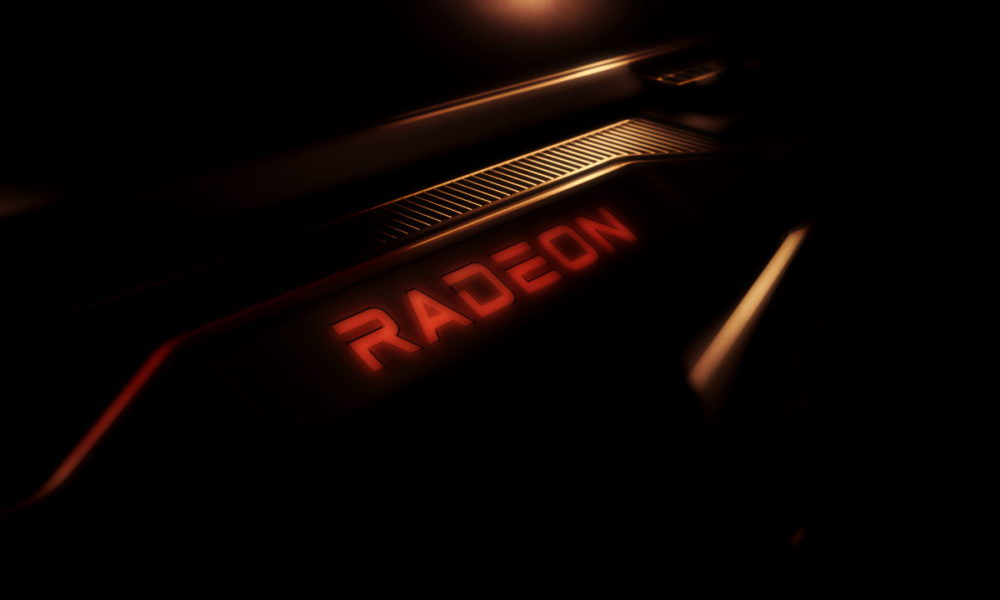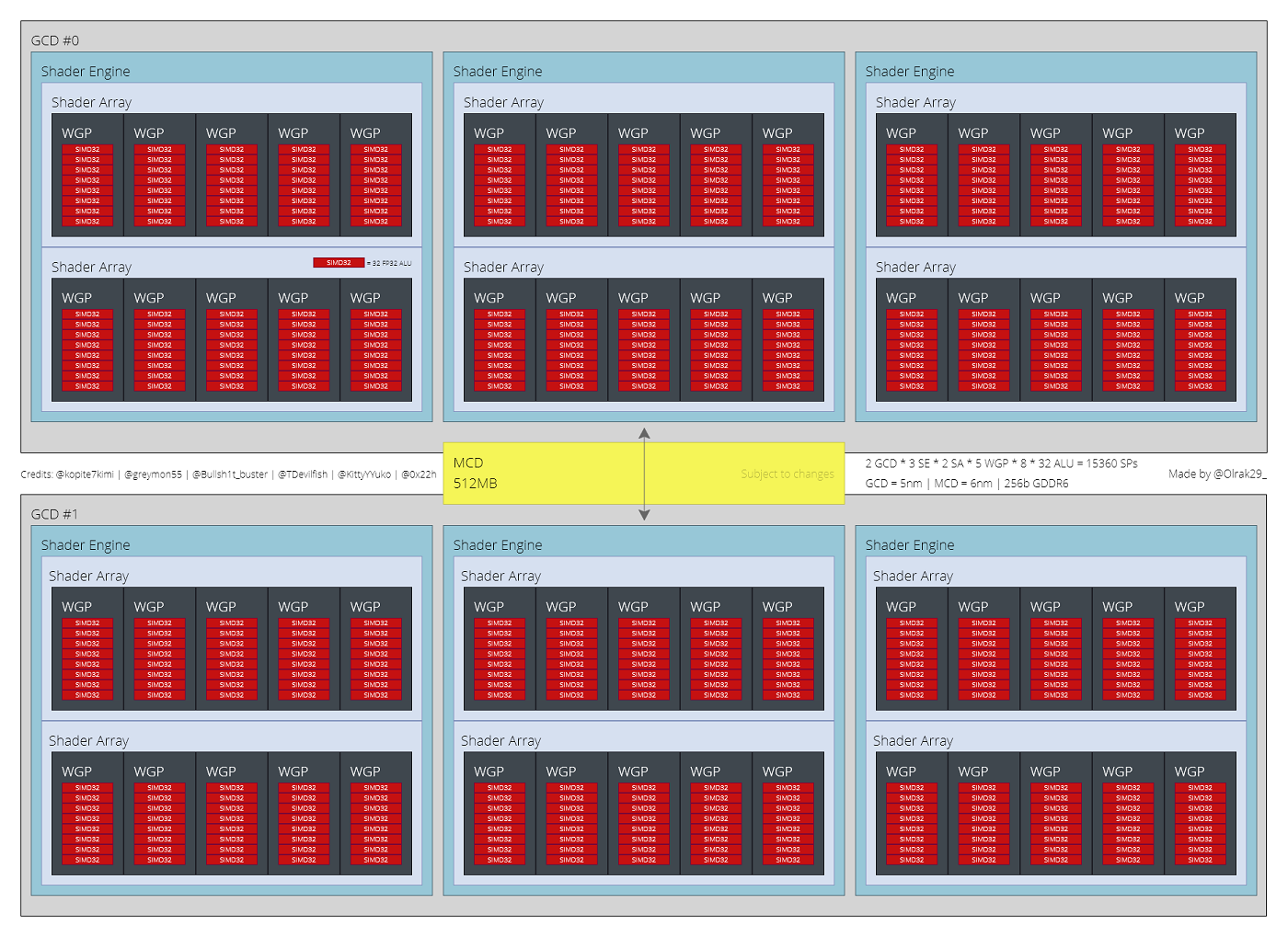
The RDNA 3 architecture will give life to the next generation of AMD graphics cards, which will consist of the Radeon RX 7900 XT, Radeon RX 7800 XT and Radeon RX 7700 XT, three models that will position at the top of its category, and that could be accompanied by “non-XT” variants, less powerful but cheaper, as has happened with the current generation.
One of the great advances that architecture will introduce RDNA 3 will be the use of a design MCM type, something that we have already mentioned in previous news. However, we must bear in mind that this architecture will not be used in all the graphics solutions that AMD will launch, but will only be limited to the most powerful models, that is, the Radeon RX 7900 XT and Radeon RX 7800 XT. The Radeon RX 7700 XT, and lower models, would maintain a monolithic core design.
That strategy of combining a monolithic core design with one of the MCM type has an explanation, and that is that AMD would only really get cost effective, wafer level, take advantage of an MCM design to create GPUs with a very high shader count. The Radeon RX 7700 XT would have a fairly reasonable number of shaders, and thus would be perfectly viable under a monolithic core design.
Thanks to a new round of information, we have a little clearer on the design, configuration and key features that the Radeon RX 7900 XT, Radeon RX 7800 XT and Radeon RX 7700 XT will have, and in this article we are going to tell you all we know at the moment.
Radeon RX 7900 XT, Radeon RX 7800 XT and Radeon RX 7700 XT: Two MCM designs and one monolithic
The Radeon RX 7900 XT will be the most powerful of the three, it will become the successor to the Radeon RX 6900 XT and will use a Navi 31 GPU with an MCM (multi-chip module) design. This means that this GPU will be made up of two interconnected chips, and that each one will have 7,680 shaders, which leaves us with a total of 15,360 shaders.
Each chip will have 120 computing units, which allows us to deduce that that GPU will have 240 ray tracing steel units in total, as long as AMD maintains the structure that we have seen in RDNA 2. This could change, so keep in mind that it is a piece of information that we have given you for further information, but it is not confirmed and is not definitive.
The memory subsystem will keep the current generation base, which means that GPU will have a 256-bit bus and it will have 512MB of infinite cache to improve bandwidth. Available graphics memory will double versus the Radeon RX 6900 XT, which means that Radeon RX 7900 XT will come with 32GB of GDDR6.
For its part, the Radeon RX 7800 XT will keep the MCM design, but will be equipped with a more modest configuration. Each chip will have 5,120 shaders and 80 computing units, which would give us a total of 10,240 shaders and 160 ray tracing acceleration units. The memory subsystem would be made up of a 192-bit bus and 384 MB of infinite cache. Graphics memory will amount to a total of 16GB of GDDR6.
We end up with the Radeon RX 7700 XT, an upper-mid-range graphics solution that will utilize a monolithic core design, and which will feature a single chip equipped with 5,120 shaders and 80 computing units, which is equal to 80 ray tracing acceleration units. Its bus will be 128 bits, it will have 256 MB of infinite cache and it will have 12 GB of GDDR6 graphics memory.
The Radeon RX 7900 XT is expected Double the performance of the Radeon RX 6900 XT. The Radeon RX 7800 XT will also be much more powerful than AMD’s current top-of-the-line range, despite the cutback in the memory subsystem, and the Radeon RX 7700 XT should be a bit below the Radeon RX 6900 XT mainly due to to the significant cut you will receive in both the memory subsystem and the infinite cache. If all goes according to plan, this new generation will arrive at the end of next year.



